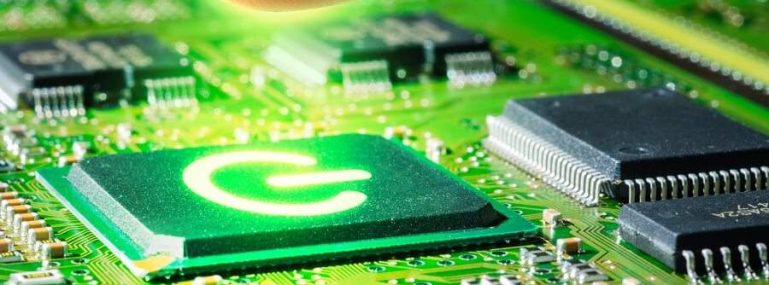In this entry, we thought we would look briefly at the European Waste Electrical and Electronic Equipment Directive (or conveniently WEEE compliance) and why this environmental compliance directive may apply to you. WEEE is there to try and encourage the collection, recycling and recovery of all or parts of waste electronic or electrical apparatus.
This is an EU directive which is implemented slightly differently by the various member nations, but in general if you are dealing in large or small household appliances, IT and telecoms equipment, consumer equipment, lighting equipment, electrical (and electronic) tools, electrical toys, leisure or sport equipment, medical devices, monitoring and control instruments and automatic dispensing machines then this recycling directive will apply to you. There are exceptions for things like implanted (or infected) equipment, large scale industrial tools that don’t ever move, military products, automotive and aerospace or aircraft products or the oddly described “surface transportation products”.
If your company does manufacture anything that comes into the list of covered products then you need to register as a WEEE producer and you need to provide people who buy your products a means of returning the old items to you for recycling. You also need to make sure you are very open about how you are doing this recycling and cover all the costs associated with this.
One of the easiest ways of doing this, and for most companies this would be the most convenient is to employ an external company who specialize in all the things associated with WEEE Compliance. They will also be able to advise you on your responsibilities and liabilities so it is worth chatting to one at the very least.





